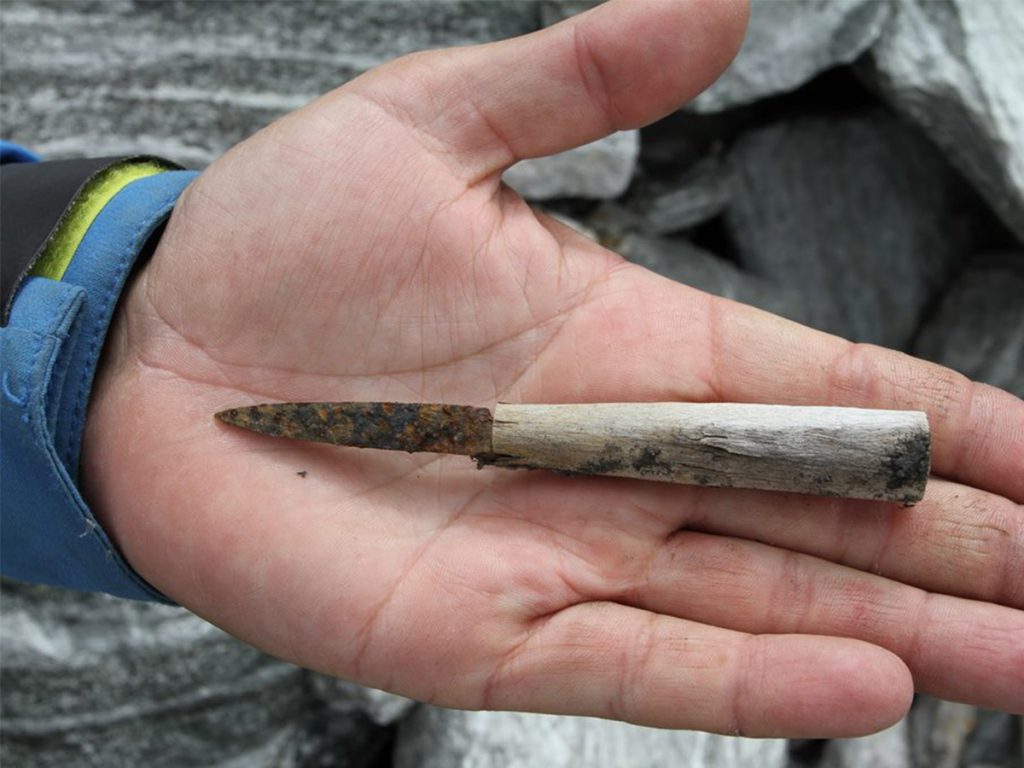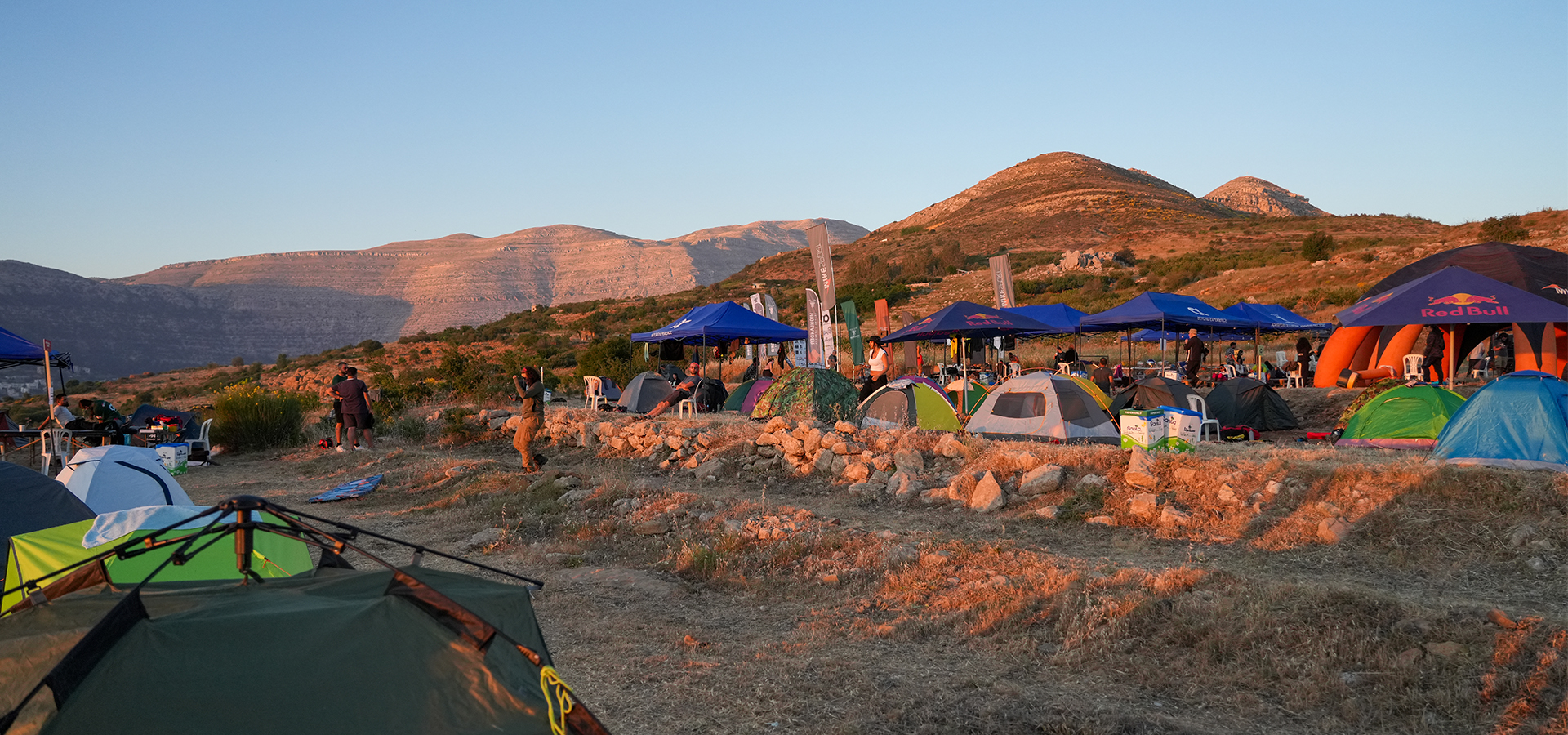
Melting Ice Reveals a “Lost” Viking Pass in Norway
- April 30, 2020
- 0
Cover Image: The upper part of the “Lendbreen” ice patch—covered with horse dung—after a big melt in 2019 Credit: Espen Finstad/Secretsoftheice.com
Prepared by : Mario Fares
The Study was outlined in the scientific journal Antiquity.
Artifacts show that the pass was used for 1,000 years, then lost amid a little ice age and a plague.
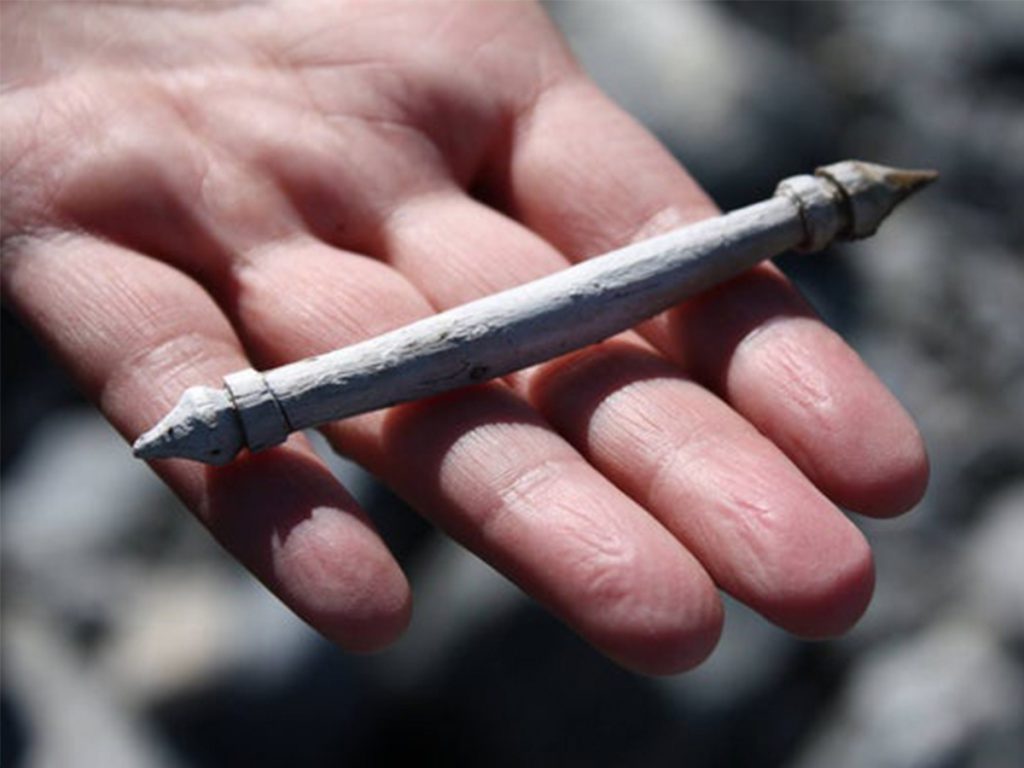
In 2011, hikers found a 1700-year-old wool tunic in the mountains of central Norway. As ice has continued to melt, archaeologists have made hundreds of additional finds and made their biggest discovery: a lost Viking trade route that may have been used for years to carry their goods to the European markets.
In the study, archaeologist focused on an ice patch known as “Lendbreen” in the “Jotunheimen mountains”, collecting the relics between 2011 and 2015.
Years of ice and snow have covered thousands of artifacts, including shoes, pieces of rope, parts of an ancient wooden ski, arrows, a knife, horseshoes, horse bones and a broken walking stick with a runic inscription thought to say “Owned by Joar”—a Nordic name.
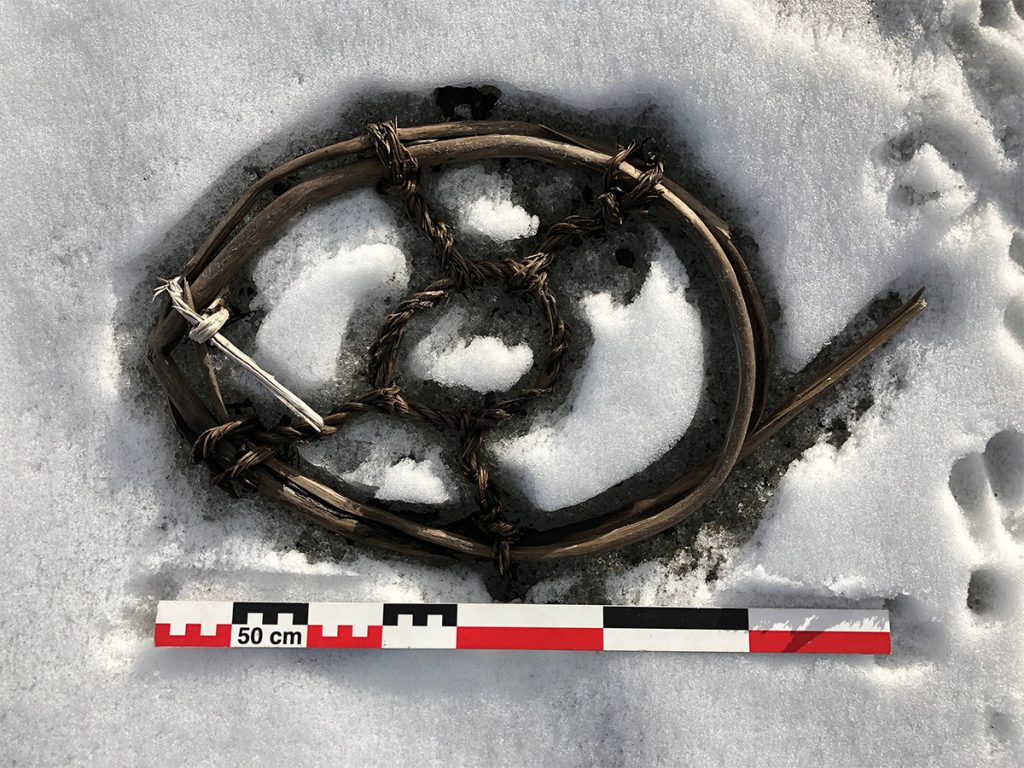
Many artifacts have been radiocarbon dated, showing that the pass was used from at least A.D. 300. It served for long-distance travel and for local travel between farms in the valleys to summer farms higher in the mountains.
The traffic through the pass peaked around A.D. 1000, in the Viking Age, when trade was at a height in Europe. It was mainly used in late winter and early summer, when several feet of snow covered the rough terrain.
The pass began to be less used in the years that followed, perhaps because of economic and environmental changes. There was the Little Ice Age that worsened the weather in the early 1,300 s. Another factor could have been the “Black Death”, a plague that killed tens of millions of people, and when the area recovered the pass went out of use and was forgotten.
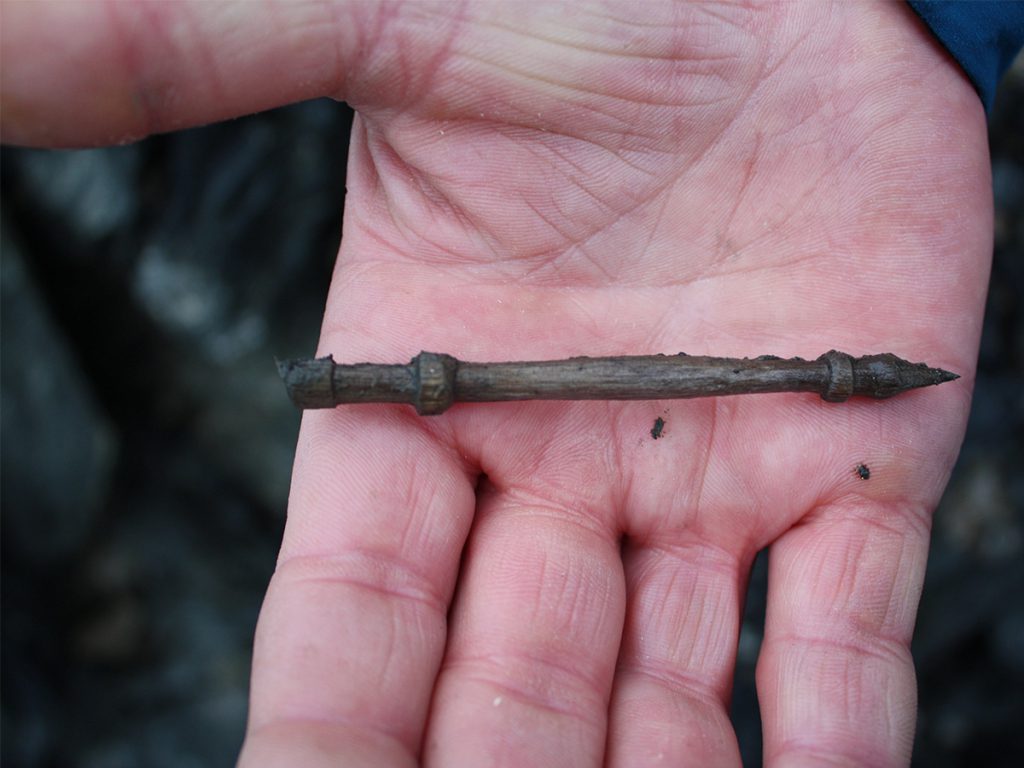
These discoveries have illuminated scientists understanding of transhumance in the past 10 to 20 years, as artifacts have been discovered because of the warming climate melting ice patches.
This site had the perfect characteristics for transhumance across the border, it is a treasure in terms of artifacts, maybe because ice patches move less than glaciers do, some of the finds on the Lendbreen patch were displaced vertically, and others were shifted by strong winds.
The movement of some objects such as iron horseshoes and nails, should provide a reliable indication of the route, since they are less likely to have been displaced than the lighter organic objects.
It was clearly a route of special significance.
